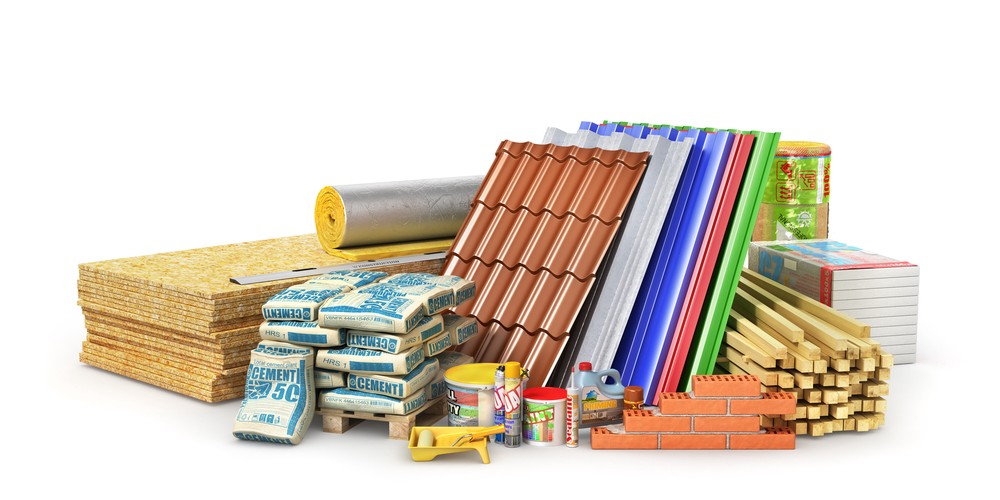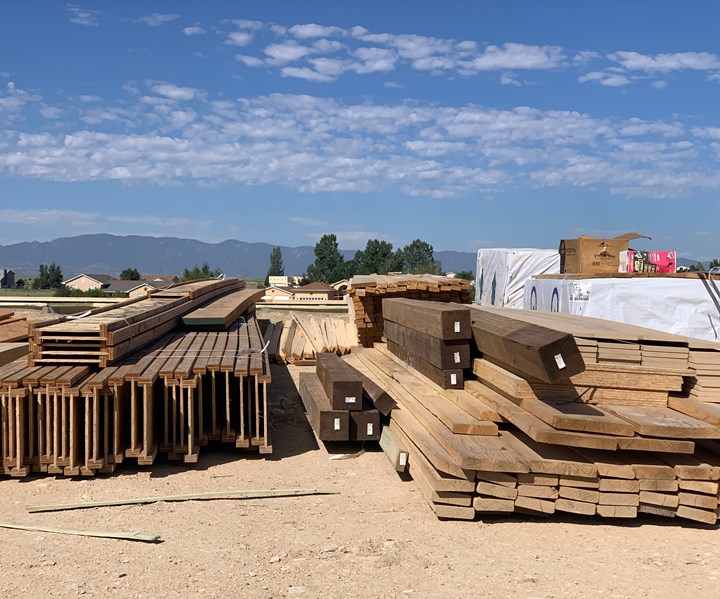Opening the Environmental Advantages of Recycled Compounds in Building And Construction and Design
In the realm of building and construction and design, the utilization of recycled composites holds significant promise for improving sustainability methods and lowering environmental impact (composites). By incorporating these ingenious products, there is a potential to address crucial concerns such as waste reduction, power preservation, and a decrease in carbon footprint. The change in the direction of a much more lasting future in these sectors rests on unlocking the full capacity of recycled compounds. This discussion will discover the diverse advantages and challenges linked with incorporating recycled compounds into building and design, using a glance into the transformative possibilities that lie ahead.

Environmental Influence Reduction
The decrease of ecological effect with using recycled compounds in construction and design plays a critical duty in sustainable techniques. By integrating recycled compounds right into building products, the building and construction industry can significantly reduce its carbon impact and add to a much more environment-friendly future. These lasting products, made from repurposed plastics, wood fibers, or other recycled aspects, provide a viable alternative to conventional building materials without endangering on high quality or resilience.
Recycled composites assist divert waste from land fills and decrease the requirement for removing resources, thus preserving all-natural resources. Furthermore, the manufacturing procedure of these composites typically eats less energy and produces fewer greenhouse gases compared to generating virgin materials (composites). This shift in the direction of utilizing recycled compounds not only minimizes environmental harm yet also promotes a round economic climate by motivating the reuse of products that would certainly otherwise be discarded
Waste Minimization
With a focus on decreasing waste in construction and style, the combination of recycled compounds provides a lasting remedy to minimize environmental influence. Waste reduction is a critical element of lasting practices, and using recycled composites presents an opportunity to achieve this objective successfully. By utilizing materials that have actually currently served their preliminary objective, such as recycled plastics or reclaimed wood fibers, the building and style markets can dramatically reduce the amount of waste generated and sent out to garbage dumps.
Recycled composites have the potential to draw away significant quantities of waste from conventional disposal methods, adding to a much more round economy where resources are made use of effectively. In addition, the production procedure of recycled compounds usually consumes much less power and generates fewer discharges compared to virgin materials, even more lowering the ecological footprint of building and style tasks.
Implementing waste reduction approaches with the consolidation of recycled composites not only aids in preserving natural deposits yet additionally promotes a more sustainable strategy to structure and creating for a greener future.
Energy Preservation
Including recycled composites not only decreases waste in building and construction and style but also plays an essential function in improving energy conservation techniques within the market. Using recycled composites in construction can considerably add to power preservation via different means. First of all, the manufacturing of virgin products usually requires significant power inputs, whereas making use of recycled composites takes in much less energy, thereby decreasing general energy usage. In addition, integrating recycled composites can contribute to much better insulation buildings in structures, decreasing the demand for excessive heating or cooling, and subsequently reducing energy use for environment control. The light-weight nature of lots of recycled compounds can lead to lighter structures, calling for much less power for transportation and installment. By promoting making use of recycled compounds in building and design, the market can make significant strides in the direction of achieving power efficiency and lowering its carbon impact, ultimately adding to an extra sustainable built setting.
Carbon Footprint Reduction
Enhancing Learn More Here sustainability practices with the application of recycled compounds in construction and style considerably decreases the carbon find footprint of the sector. By incorporating recycled materials right into the manufacturing of compounds, the requirement for virgin resources reduces, causing lower power usage and greenhouse gas exhausts related to typical manufacturing procedures. This reduction in carbon impact is critical in combating environment adjustment and promoting a more eco friendly approach to building and construction and style.
In addition, the usage of recycled compounds additionally assists in drawing away waste from garbage dumps, thereby minimizing the ecological impact of disposal and promoting a round economy. The carbon footprint decrease accomplished through the adoption of recycled composites lines up with the international push in the direction of lasting methods and the decrease of industrial emissions. It showcases a dedication to responsible resource administration and a shift towards greener choices in the building and construction and style industries. Eventually, by focusing on the integration of recycled compounds, the sector can make considerable strides in lowering its carbon impact and adding to an extra lasting future.
Lasting Future
The integration of recycled compounds in building and style not only addresses prompt environmental problems however also lays a strong foundation for a lasting future in the industry. By integrating recycled composites right into building products and products, the building and construction and style fields can dramatically minimize their dependence on virgin resources, bring about an extra circular economic climate. This shift towards sustainability is vital for mitigating the environmental influence of conventional construction techniques, which frequently lead to high degrees of waste generation and resource exhaustion.

Verdict
To conclude, recycled compounds use considerable environmental benefits in construction and design by reducing environmental effect, lessening waste, saving energy, decreasing carbon footprint, and advertising a lasting future. Accepting the use of recycled composites can you can try this out add to an extra environmentally-friendly technique to building and style, inevitably resulting in a much more sustainable and greener future for all.
The decrease of environmental effect with the use of recycled composites in construction and design plays an essential role in sustainable methods.With a focus on reducing waste in construction and layout, the combination of recycled composites offers a lasting service to lower environmental impact. By advertising the use of recycled compounds in building and design, the sector can make considerable strides in the direction of accomplishing energy performance and reducing its carbon impact, ultimately adding to a more lasting built setting.
